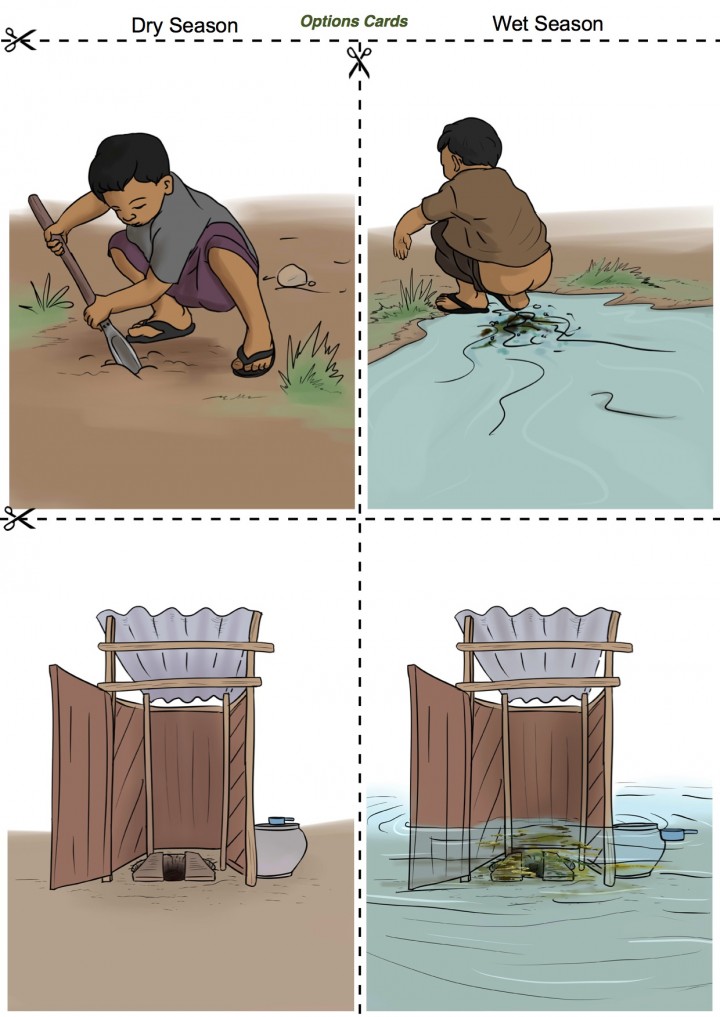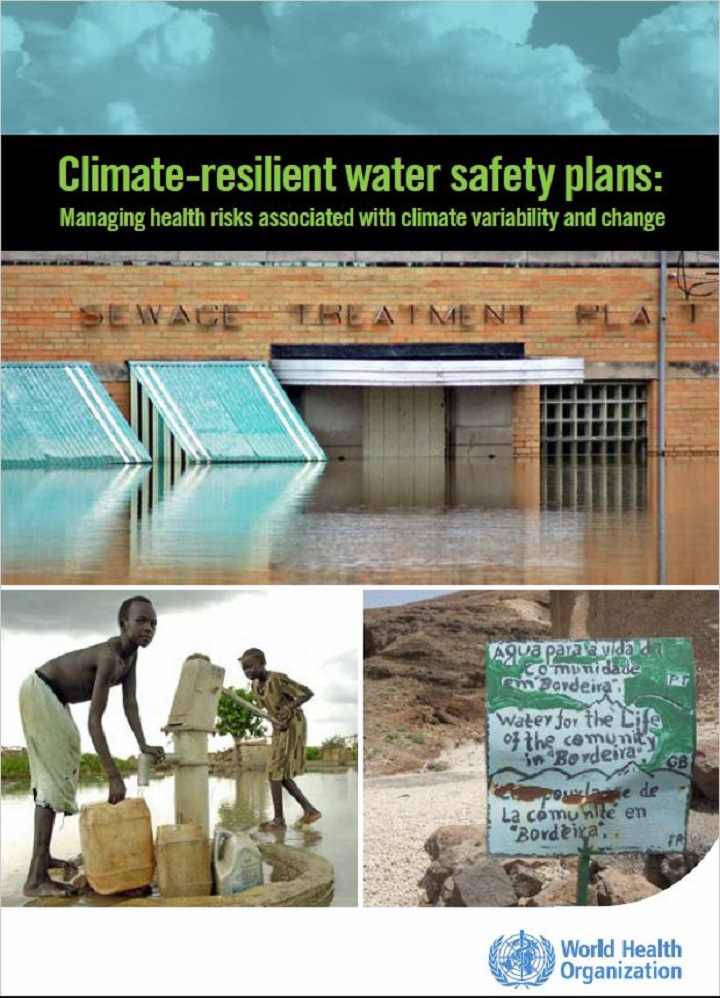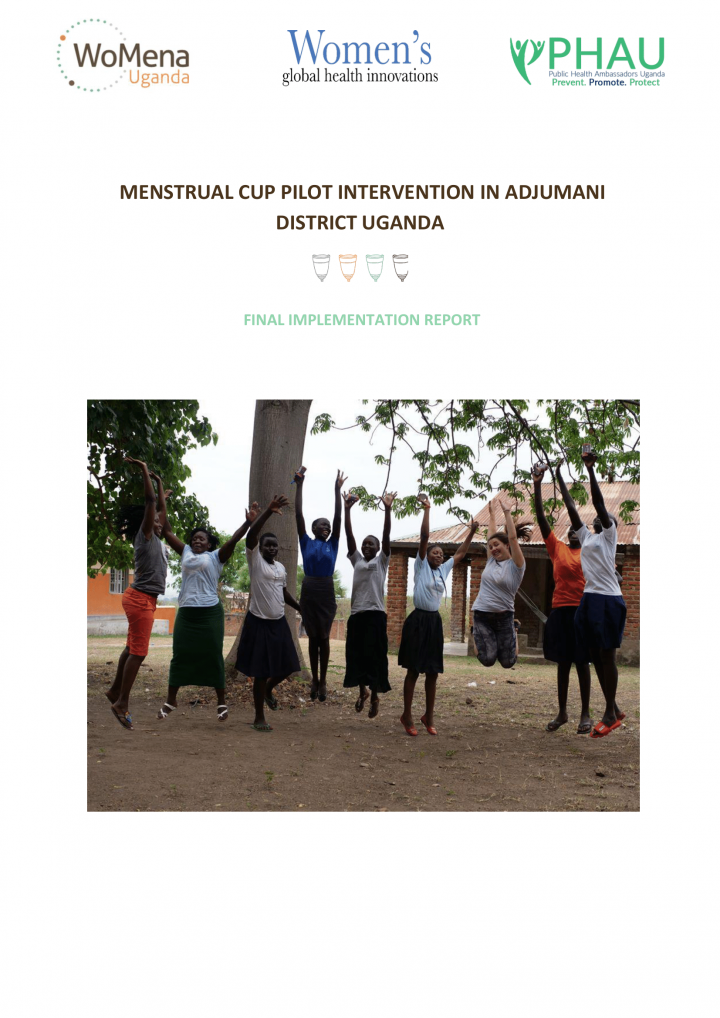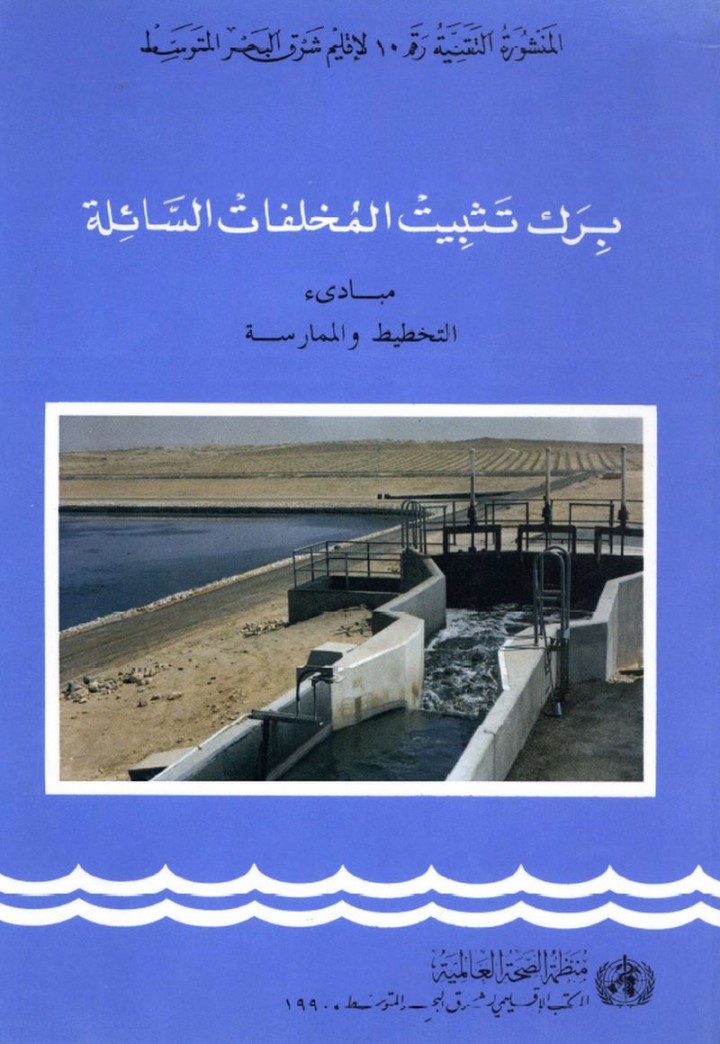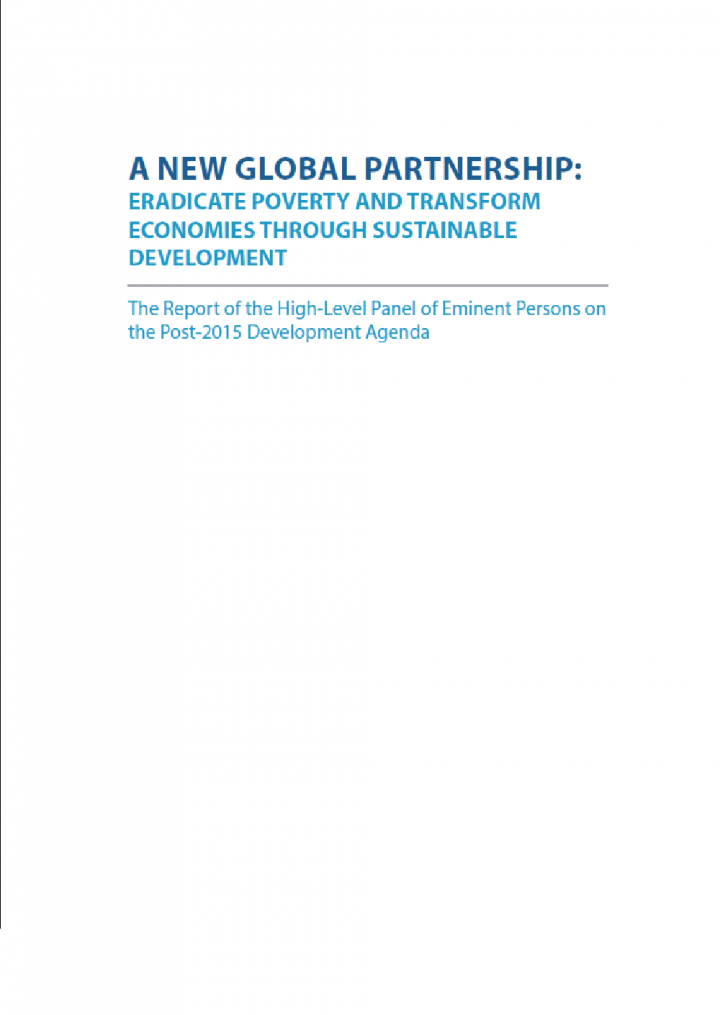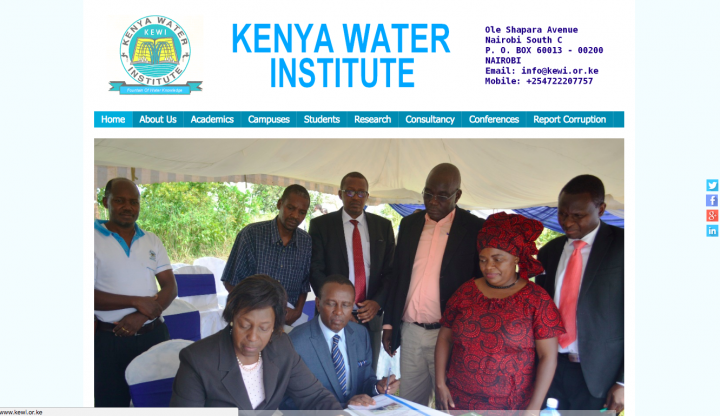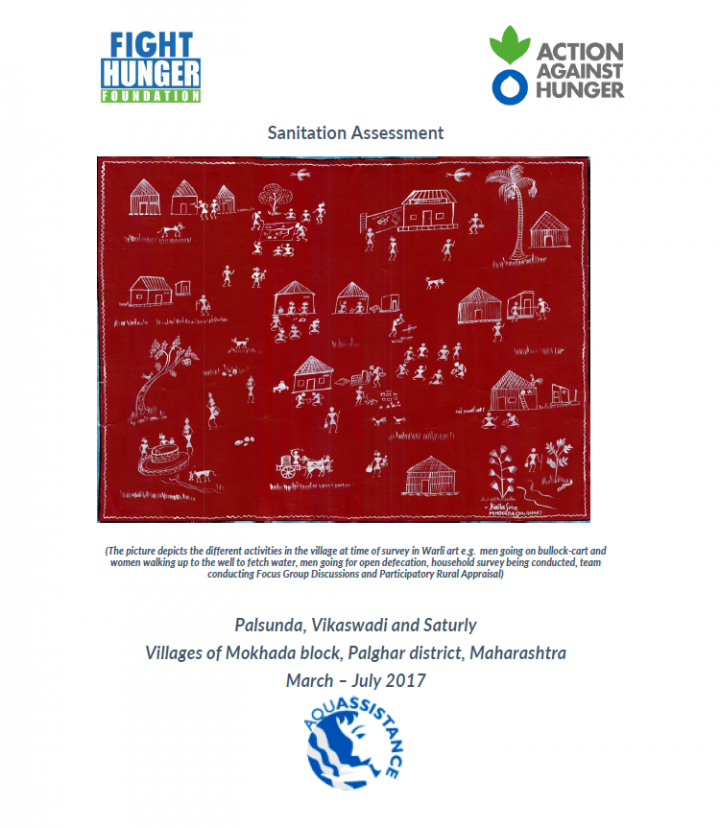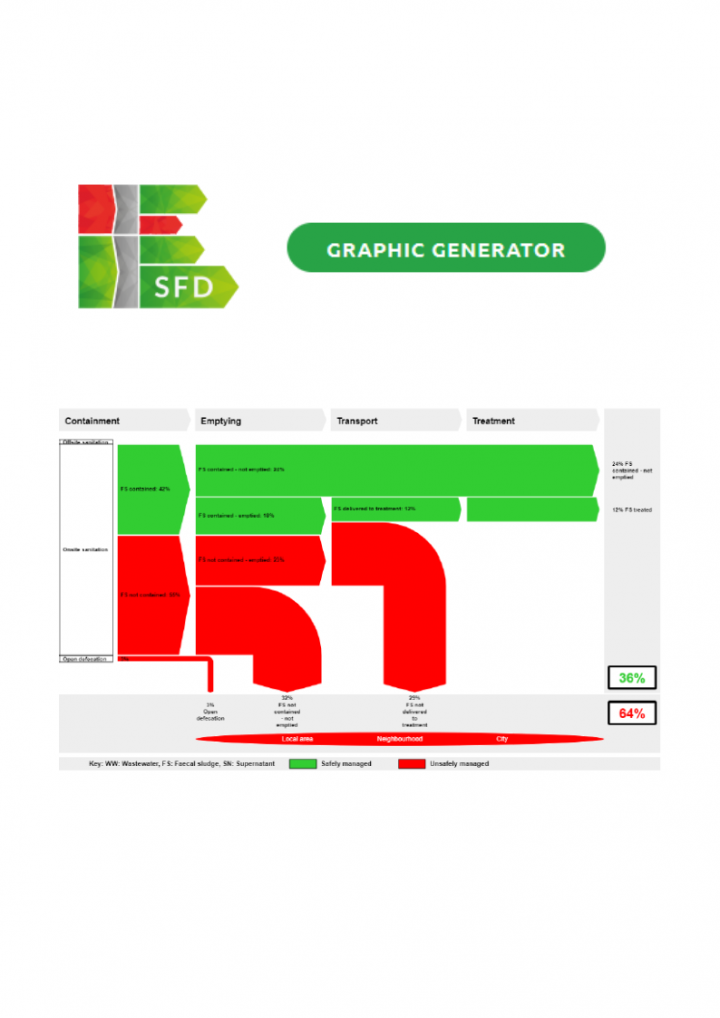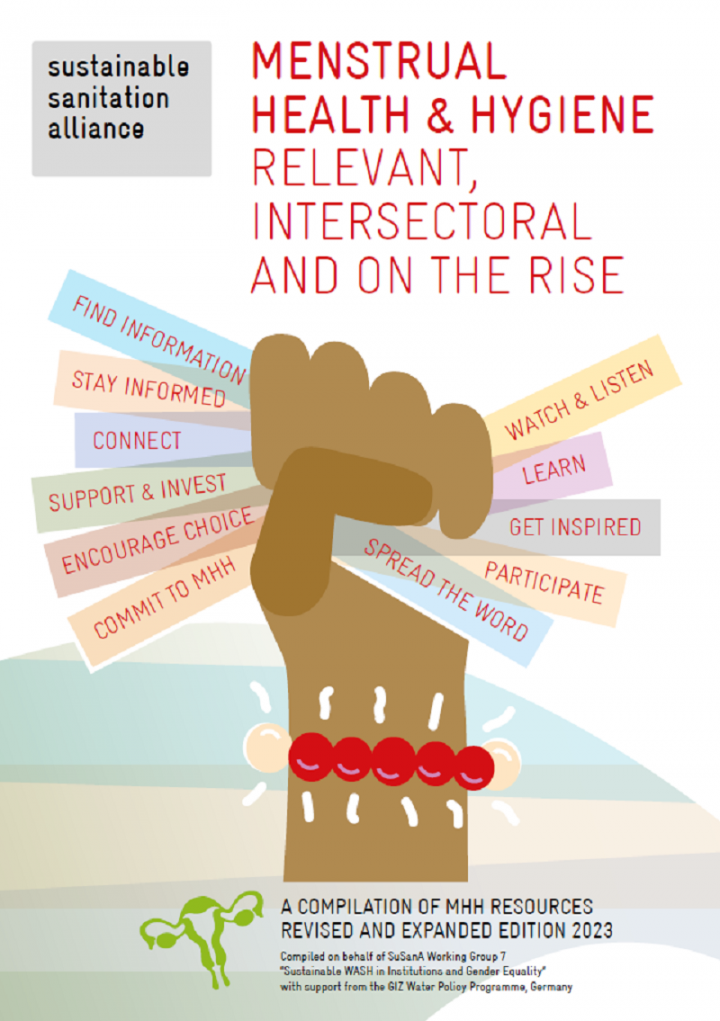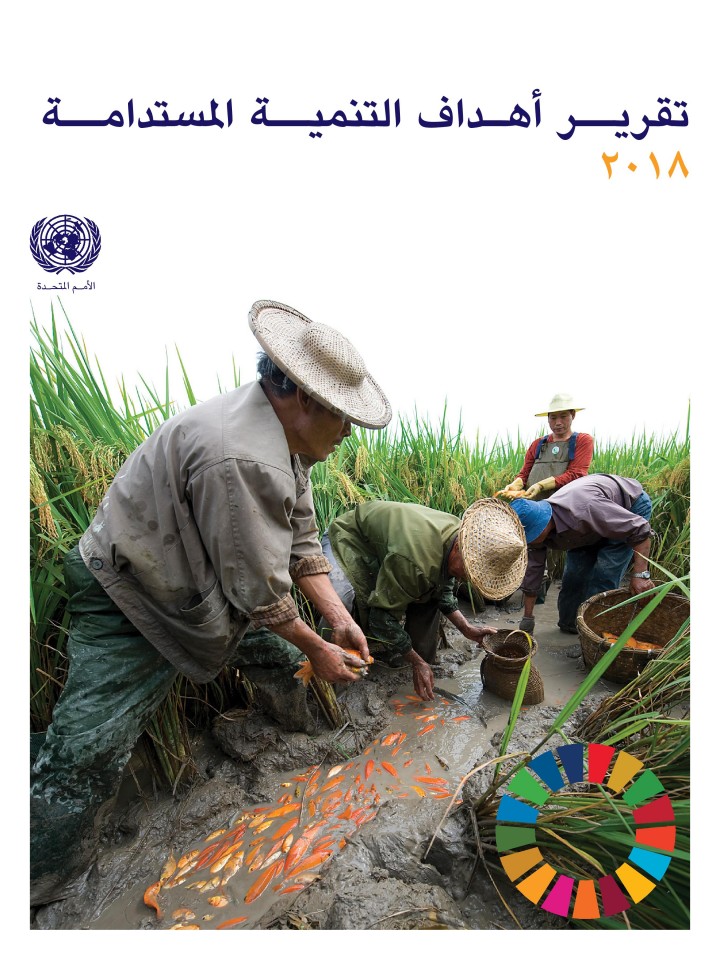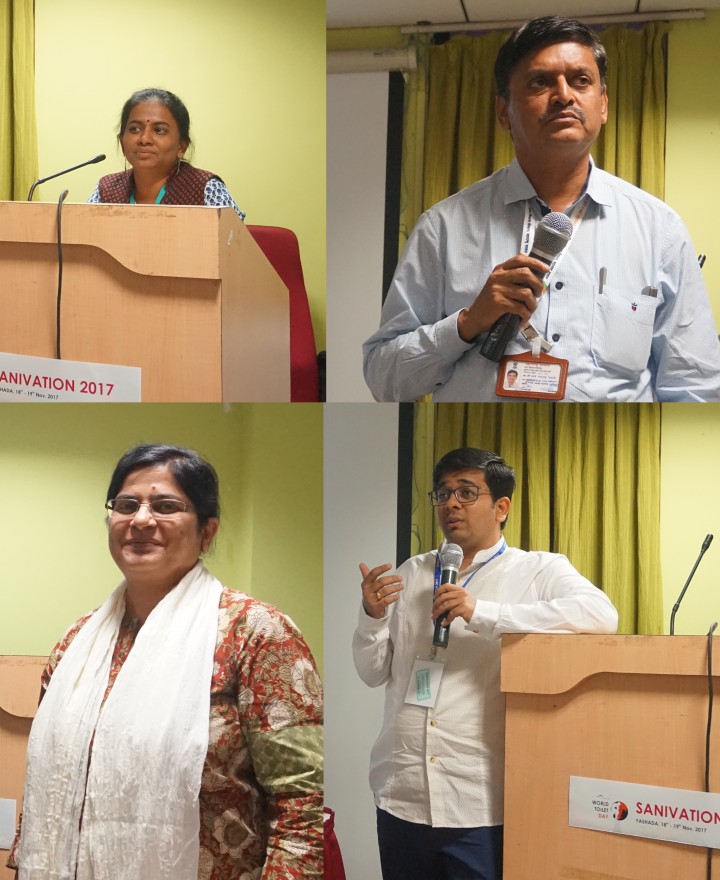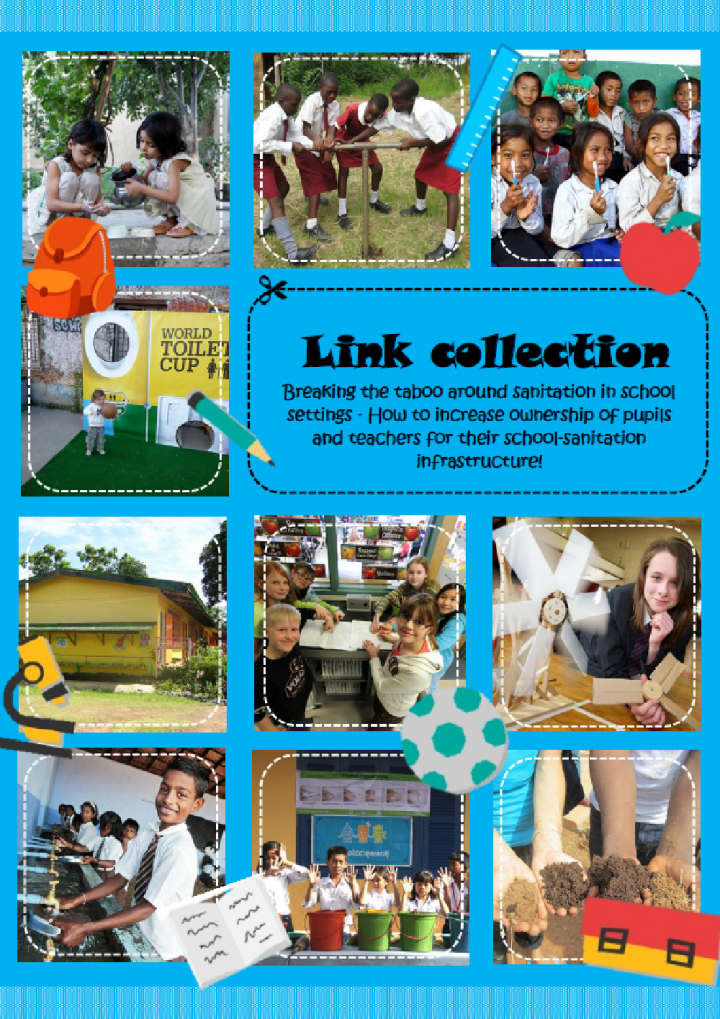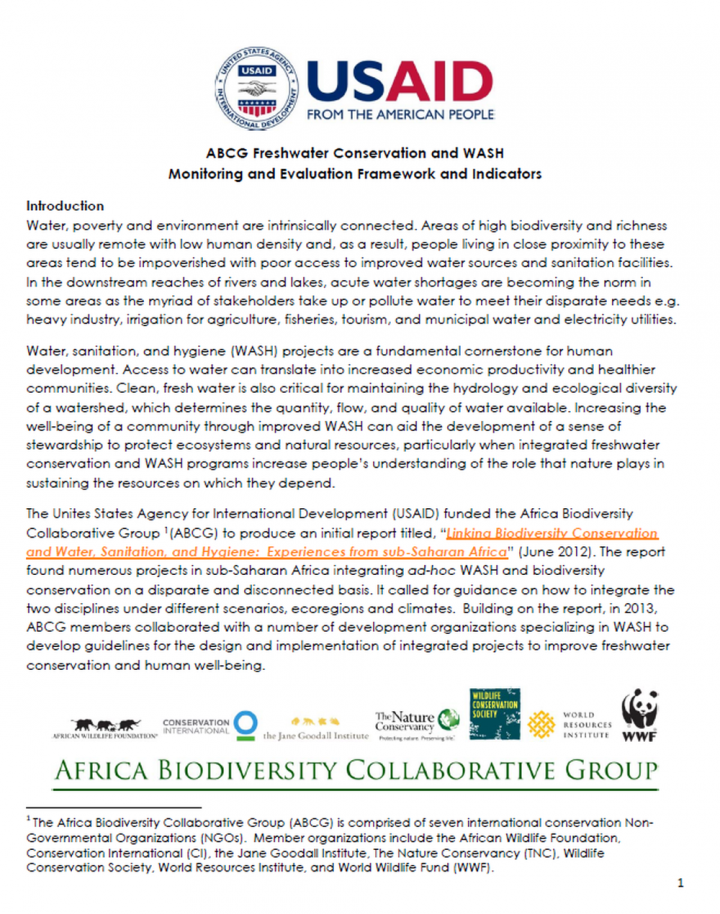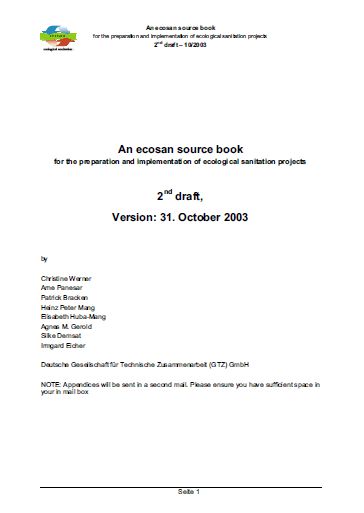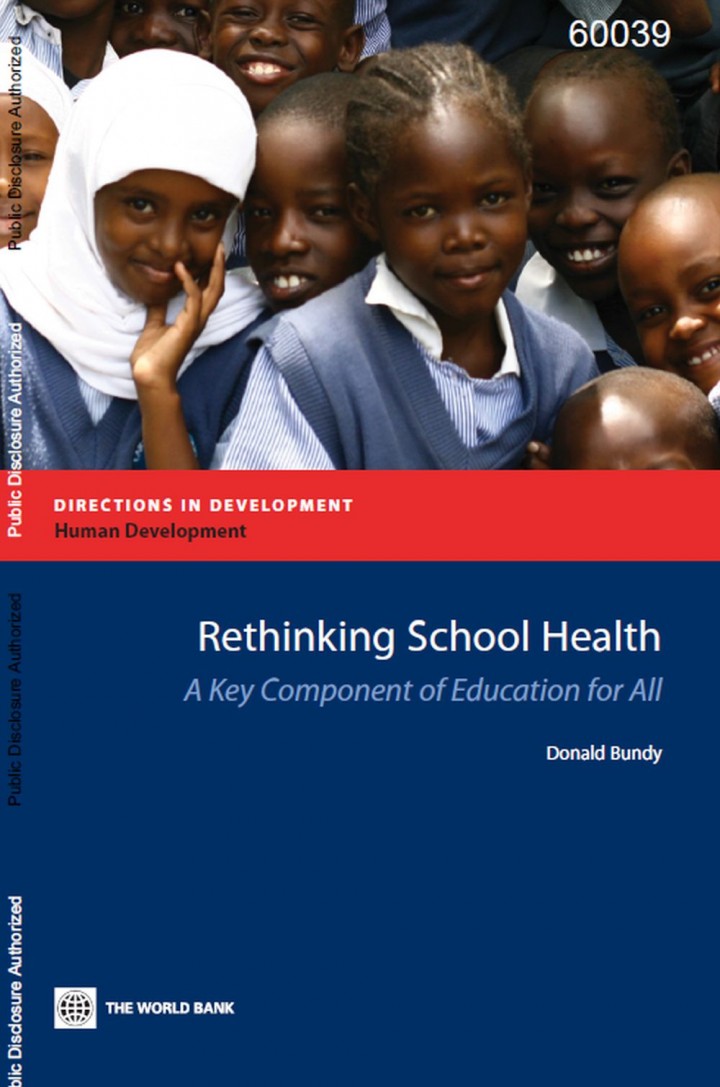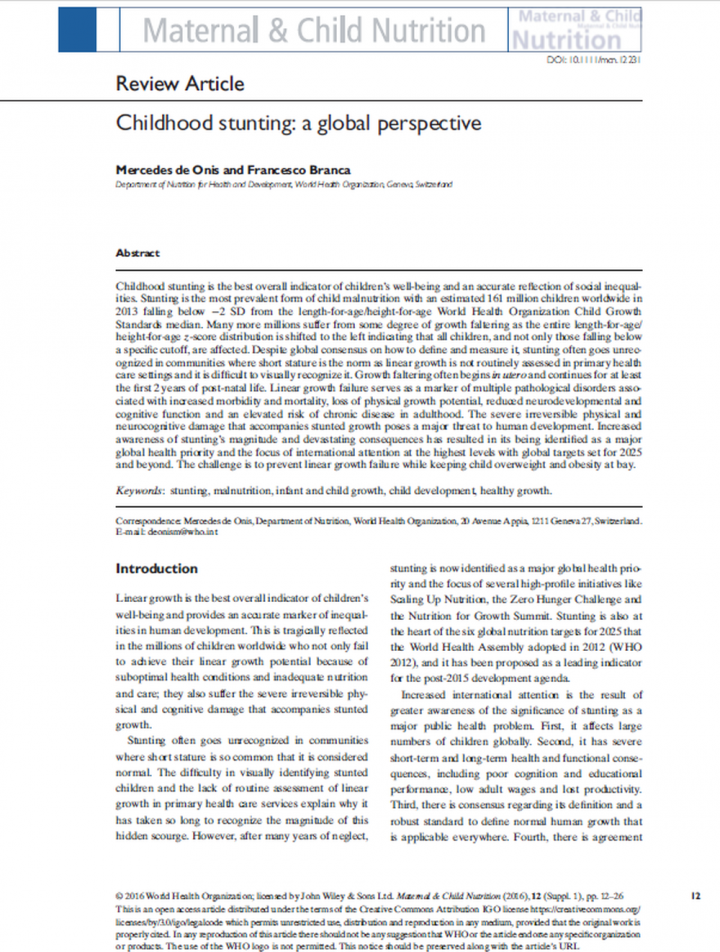Searching for information on Sanitation Workers?
The Sanitation Workers Knowledge + Learning Hub is the best source for all current news, trends, articles and updates on sanitation workers rights around the world.
Ouahigouya is a mid-sized city located in the northern part of Burkina Faso and is the capital of the Province of Yatenga. Ouahigouya is approximately 180 km from Ouagadougou, the capital of Burkina Faso. Ouahigouya district is composed of both urban and rural areas. The urban area is 108 km2 and is divided into 15 administrative areas. The rural area is composed of 37 villages. The total …
This issue of Frontiers of CLTS brings together lessons on violence related to sanitation and hygiene and examples of good practice from a range of contexts including urban and humanitarian as well as rural. It interprets these lessons to propose good practice for CLTS practitioners in how they can contribute to reducing vulnerabilities to violence through the ways they work.
Stunting is a complex and enduring challenge with far-reaching consequences for those affected and society as a whole. To accelerate progress in eliminating stunting, broader efforts are needed that reach beyond the nutrition sector to tackle the underlying determinants of undernutrition. There is growing interest in how water, sanitation and hygiene (WASH) interventions might support strategies …
The Sanitation Steps for Flood-Prone Areas is a fun and interactive game that helps people living in flood-prone areas identify appropriate options to improve sanitation in their community. This activity was developed by Engineers Without Borders Australia (EWB) and CAWST. The document includes activity cards and facilitator instructions.
Medium- and long-term planning for an adequate and safe supply of drinking-water should be set in the context of growing external uncertainties arising from changes in the climate and environment. The water safety plan (WSP) process offers a systematic framework to manage these risks by considering the implications of climate variability and change.
This document provides guidance on how …
In Uganda approximately 86% of South Sudanese refugee arrivals are women and children (UNHCR, 2017a). Globally, girls and women often lack the ability to manage their menstruation with dignity due to lack of adequate and private facilities, safe, acceptable and accessible menstrual health products and knowledge, which can be further exacerbated during conflict and displacement. Menstrual health …
Saidpur is a populous city in Nilphamari District, Bangladesh. It came into existence on 30 April 1958 as a municipality, and has 15 wards. It is an ‘A’ category municipality, which means it has had an annual income of BDT 6 million over the past three years. It covers an area of 34.42 km2. The Saidpur municipality has a total population of 127,104, and a population density of 4,442 people …
The function of the department is mainly to carry surveillance on sector dynamics, conduct training needs, develop and implement short tailor made courses for skills upgrading, problem solving, and refresher in the water and related sectors. The tailor made courses are to suit the training needs and interventions desired for organizational growth in accordance with strategic plans and business …
Mokhada is located at the foot of the Deccan Trap system. The soil is made of early Eocene basalt layers of volcanic origin. Igneous soils such as basalt are usually productive in terms of aquifer as they have a double storage capacity – they are porous due to the nature of the stone and they are cracked due to the structure of the rock formation. They have a good porosity and a high …
The three guidance documents serve the purpose to facilitate and enhance the usage of the SFD Graphic Generator (GG). The "Classification Tool" helps SFD producers to select the most appropriate sanitation systems from the SFD Selection Grid. A support to the step 2 of the SFD GG, the estimation of the proportion of contents of each type of onsite container (tank or pit) which is faecal sludge, …
The 4th edition of a comprehensive compilation of menstrual health and hygiene (MHH) resources provides an overview and categorization of the key resources available to date. This publication brings together a wealth of resources, including research, case studies, project examples, and informational materials for everyone interested in MHH.
Its main purpose is to offer individuals and …
Abstract:
Relatively little research has been conducted to date on farmer attitudes towards the use of fertilisers from resource–oriented sanitation systems. This study employed a psycho–sociological approach to identify factors that encourage, or discourage, negative and positive attitudes to human waste recycling among farmers in southern India. A survey involving face–to–face …
The SuSanA India Chapter seminar about the topic towards ODF+ Urban Maharashtra was held in Pune, India on 18 November 2017 during the event SANIVATION’17 around World Toilet Day. Please also find the final report of the conference below.
The context of the seminar was that Maharashtra State Government has recently declared all cities to be open defecation free (ODF). The seminar encouraged …
The implementation of wastewater treatment plants has been so far a challenge for most countries. Economical resources, political will, institutional strength and cultural background are important elements defining the trajectory of pollution control in many countries. Technological aspects are sometimes mentioned as being one of the reasons hindering further developments. However, as shown in …
This Link collection is for practitioners, WASH-club organizers, teachers and everyone who has an interest in achieving an overview of the broad WASH in Schools scene.
The aim of this Link collection is to provide an overview of the various reports, approaches, activities and further research sources about WASH education in schools. A special focus lies on publications with concrete examples …
The provision of quality schools, textbooks, and teachers can result in effective education only if a child is in school and ready and able to learn. The child is at the center of efforts to achieve Education for All (EFA) by 2015 and to address the Millennium Development Goals (MDGs) of universal basic education and gender equality in educational access. A child who is hungry or sick will not be …
The report summarizes the proceedings of the ILE in Indonesia, provides technical details and input of invited resource experts as well as participants, and expands on the key discussions that made the event such a lively, useful and practical experience for all participants. It is hoped that the report will be an important element in joint global knowledge management for WinS and that it will be …
Childhood stunting is the best overall indicator of children’s well-being and an accurate reflection of social inequalities. Stunting is the most prevalent form of child malnutrition with an estimated 161 million children worldwide in 2013 falling below 2 SD from the length-for-age/height-for-age World Health Organization Child Growth Standards median. Many more millions suffer from some degree …




